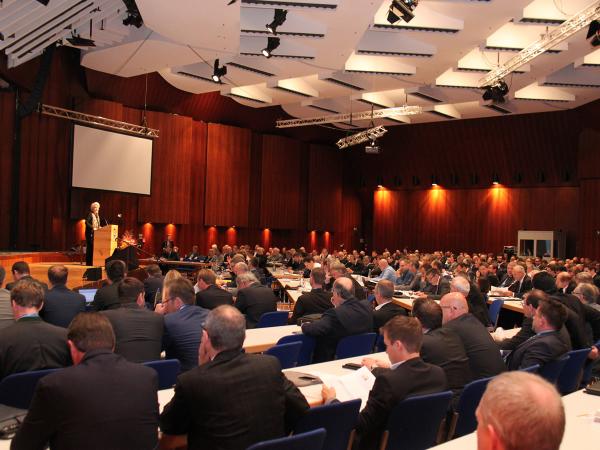
Date: 25 October 2016
The Head of the Institute, Professor Ulrich Sieberath, reviewed the numerous developments of the past 50 years with pride in his presentation, and then focussed on the tasks of ift Rosenheim and the industry for the future.
With the words "We can do everything in Germany other than what is cheap", he got to the crux of the challenges in the years to come. For this purpose, the companies need knowledge, experience, creativity and corporate courage in order to utilise current trends successfully with matching products.
These include modular solutions for reusable, energy-efficient and affordable residential constructions just as the digital transformation and practical automation of windows and doors.
In the process, sustainable value addition is only possible with the help of a closed "quality chain" that stretches from application-oriented planning and design right up to provision of services during the usage period.
For those who were unable to attend, the publications and presentation slides on the 29 lectures and presentations are available in the conference proceedings.

In her welcome address, the Lady Mayor of Rosenheim, Gabriele Bauer warned: "Climate change has transformed itself from an academic discourse to a fact that can be experienced by one and all". – A serious background in the light of the damage caused by a hurricane in 2011 and a
catastrophe caused by flooding in Rosenheim in 2013. The impact of climate change, demography and migration were dealt with by several lectures and they were also addressed in the presentation by the Head of the Institute, Prof. Ulrich Sieberath under the caption "50 years of Quality and Safety – Windows and Facades in the global change".

The review of 50 years of windows technology and equipment established that current topics have a long history into the past. The issues of security were already being discussed in the hot RAF years of the 70's and improvement of energy efficiency were also being discussed since the time of the first requirements concerning energy-saving winter and summer thermal insulation.
A window builder expressed the following regarding the fact that it does no harm to review the findings and faults of the last 50 years: "It is astonishing how often known errors and mistakes are repeated and how often constructions are built without concern and without planning".

Prof. Ulrich Sieberath illustrated in detail in his presentation how you can confront the tasks of the future, which occur with the demographic change, the demand for affordable residential housing, energy efficiency, sustainability or with simplification of the construction and planning processes.
Those who would like to be successful in future must develop a simple combination of the properties as well as systems that are easy to assemble, integrate with electronics and with prefabrication, in order to facilitate new constructions and retrofitting with low effort and expenses on planning.
In the process, modern online tools such as the ift Energy Label or the assembly planner provide better assistance than insisting on and continuing with sometimes outdated standards that often provide only the smallest common denominator.
Windows and facades must be understood as the energy managers of the building shell today. This is why the focus should shift from the U value Olympiad to holistic planning and the use of glass, ventilation, solar shading and photovoltaics.
This is supplemented with the digitalisation of the data that enable both autonomous control of automatic systems as well as independent control via the smartphone.
Players such as IBM, RWE or Bosch have taken up the Smart Home trend and at the latest since the entry of Apple with the software "HomeKit" it has become apparent that the market is changing. Those who do not offer "smart" and compatible products will soon be out of the market.

Key speaker Prof. Dr. Mojib Latif inspired the plenum and found optimistic approaches despite poor prospects. | Photo: ift Rosenheim
Prof. Dr. Mojib Latif launched his presentation on climate change, opportunities of the future and energy efficiency with the stern warning that the Climate Convention of Paris dated 2015 leads to a temperature increase of approx. 3 °C and hence, needs to be improved urgently and also demands more political consequence.
A sorry proof of the sluggish political will to act is the retrospection on the Swedish Nobel Prize winner, Svante Arrhenius, who had already identified and calculated the correlation between CO2 emissions and temperature rise way back in 1896.
Measurements made of drill cores establish that with more than 400 ppm of CO2 content in the air, we have the highest value since 800,000 years.
This is why there is now the clear danger that "Tipping Points" such as the beginning of ice melting in Greenland will lead to a rise in the sea level by seven metres and thus, to climatic and environmental disasters that the human race can no longer get a grip of or even deal with.

With the best of blue skies, the participants enjoy the sunshine and mild temperatures during the intervals. | Photo: ift Rosenheim
For the solution to the current problems, Latif recalled the "energy-related imperative" that was already postulated in 1912 by the chemist Wilhelm Ostwald and which states that every movement of the Earth is driven by the sun.
This is why Latif pleaded for a "mass movement" for decentralised power supply. The sun supplies adequate energy over an extensive area for all of us and even the money is available, because we spend more than 100 billion Euro for energy imports in Germany each year.
The availability of suitable technologies such as photovoltaics, wind energy or modern windows and facades offer an occasion for hope of stopping climate change at the last minute, provided that the national and international policies decide on concrete measures and promote their implementation.

Many other lectures dealt with the various facets of this challenge and showcased solutions and details of how building owners, investors, craftsmen and window builders benefit from decentralised power supply and sustainable development.
These include the lectures on "Thermography – Quality Assurance of thermal standards for windows and facades" by Benjamin Standecker, "Milestone EnEV 2016 – What next?" by André Hempel, "The next generation of buildings: healthy – flexible – circular – valuable" by Dr. Peter Mösle, "Evaluation of the behaviour of condensation with composite and casement windows" by Manuel Demel, "Pressure relief of insulating glass units with multiple glazing units (DEMIG)" by Dr. Ansgar Rose, "Sustainability – Certified product chain in the timber industry" by Florian Stich as well as "Mobile measurement of Ug values“ by Alexander Frenzl and Konrad Huber.

Friday was dedicated to legislation, market figures, digital opportunities and risks as well as tips from the practical experience of ift.
The lectures on the amendments to building law by Dr. Gerhard Scheuermann and Dr. Bernhard Schneider were not easy topics, which meant that the participants more easily accepted the offer made by Prof. Sieberath who promised a detailed "translation" with practical tips for the windows and facades industry.

With the technology of the 3D printer, you have another technology near at hand with which not only products, but even processes and business models will change.
With Fused Deposition Modelling (FDM) and Selective Laser Sintering (SLS), Nikolas Zimmermann presented two processes that are also suitable for products of the windows and facades industry.

Thanks to modern technology, the largest fire resistance test in the world of a fire safety glazing was transmitted with multiple camera settings to the Congress Centre. | Photo: ift Rosenheim
In this way, you can implement unique and complex geometries considerably more easily and that too with greater material efficiency compared to machining techniques.
However, even aspects such as the reproducibility (thermal delay), processes (on-site production), protection of data and intellectual property as well as the adaptation of the business models must be given due consideration.

That investments in energy efficiency do not have to cost more money was impressively demonstrated by Dr. Andreas Hermelink based on an analysis of construction costs over the last 30 years.
Hans Dieter Hegner used the example of the 1,013 windows in the new old city palace of Berlin to explain how you can rebuild old windows and facades and meet the most stringent requirements for design, energy efficiency and security with the help of modern windows technology.
The presentation slides, abstracts and technical articles of the 29 lectures are contained in the conference proceedings, which are available for € 39.00 € plus statutory VAT from the ift shop (www.ift-rosenheim.de/shop).
 600450
600450

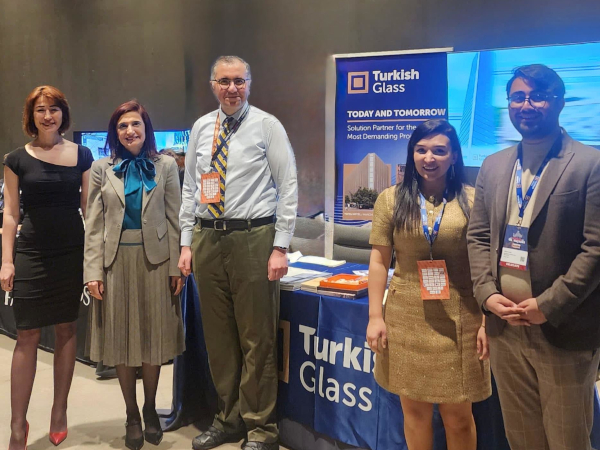
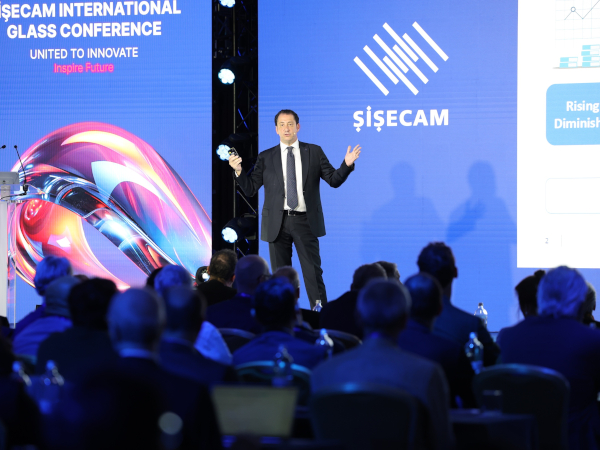


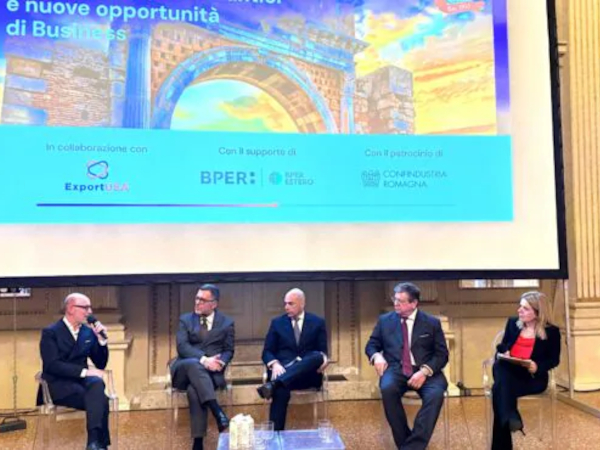
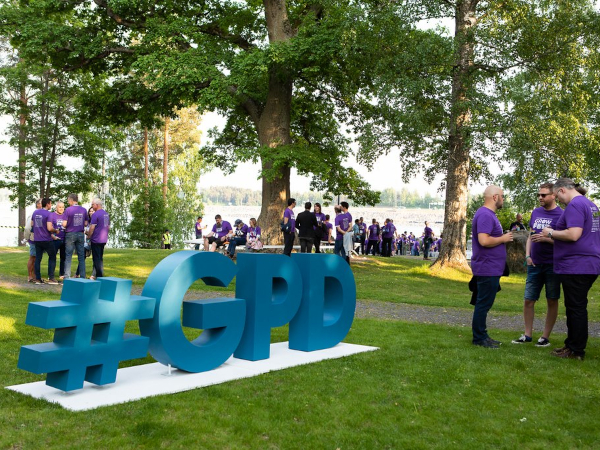










Add new comment